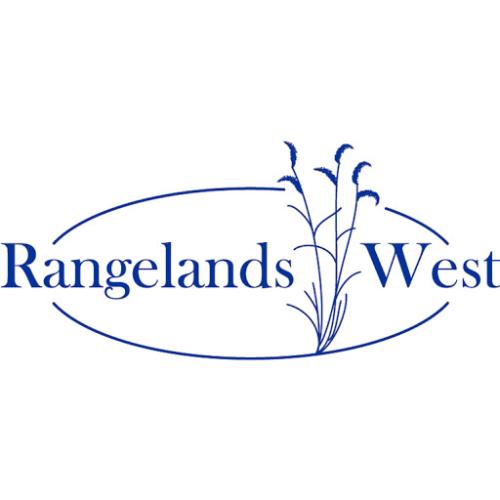Goods and services have value to humans because they provide utility and because they are scarce. Realistically, western U.S. rangelands are so expansive and so remote to the citizenry at large that attempting to infer broad-scale ecosystem values from small, localized studies will fall victim to the fallacy of composition. If broad-scale rangeland ecosystem services are valued at the margin, the values of those services are likely to be quite small. Rangeland restoration, primarily through brush control, continues to be a priority for federal land management agencies in the West. For example, through Restore New Mexico, the BLM is seeking to enhance wildlife, allow reintroduction of native wildlife species, improve watersheds, reverse the expansion of invasive plant species, and protect outdoor values (USDA BLM NMSO, 2007). Previous research would lead to the tentative conclusion that the value of increased provisioning through forage production resulting from landscape restoration is very likely lower than the costs of restoration. While it is possible that the sociocultural and intrinsic ecosystem values of landscape restoration in the region are highs enough to justify public expenditures on the federally-funded effort, these values have not been quantified. Thus, the sociocultural and intrinsic ecosystem values rationale appears to be the justification for an ecosystems management policy which is likely to defy rigorous economic analysis now and in the future.

Articles, citations, reports, websites, and multimedia resources focused on rangeland ecology, management, restoration, and other issues on American rangelands.